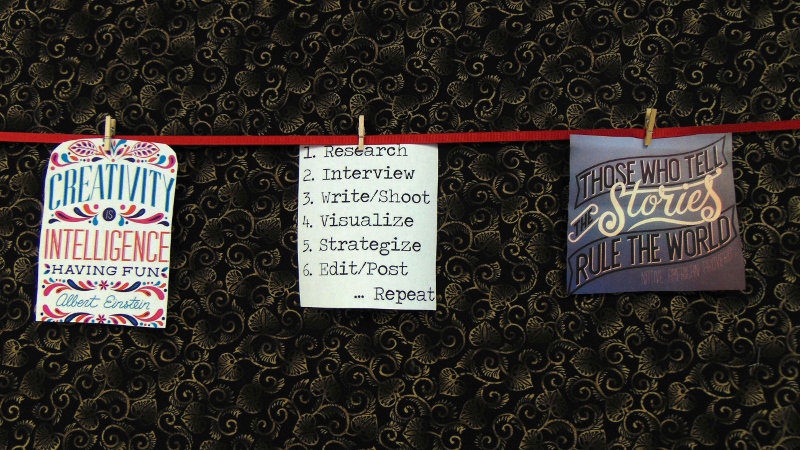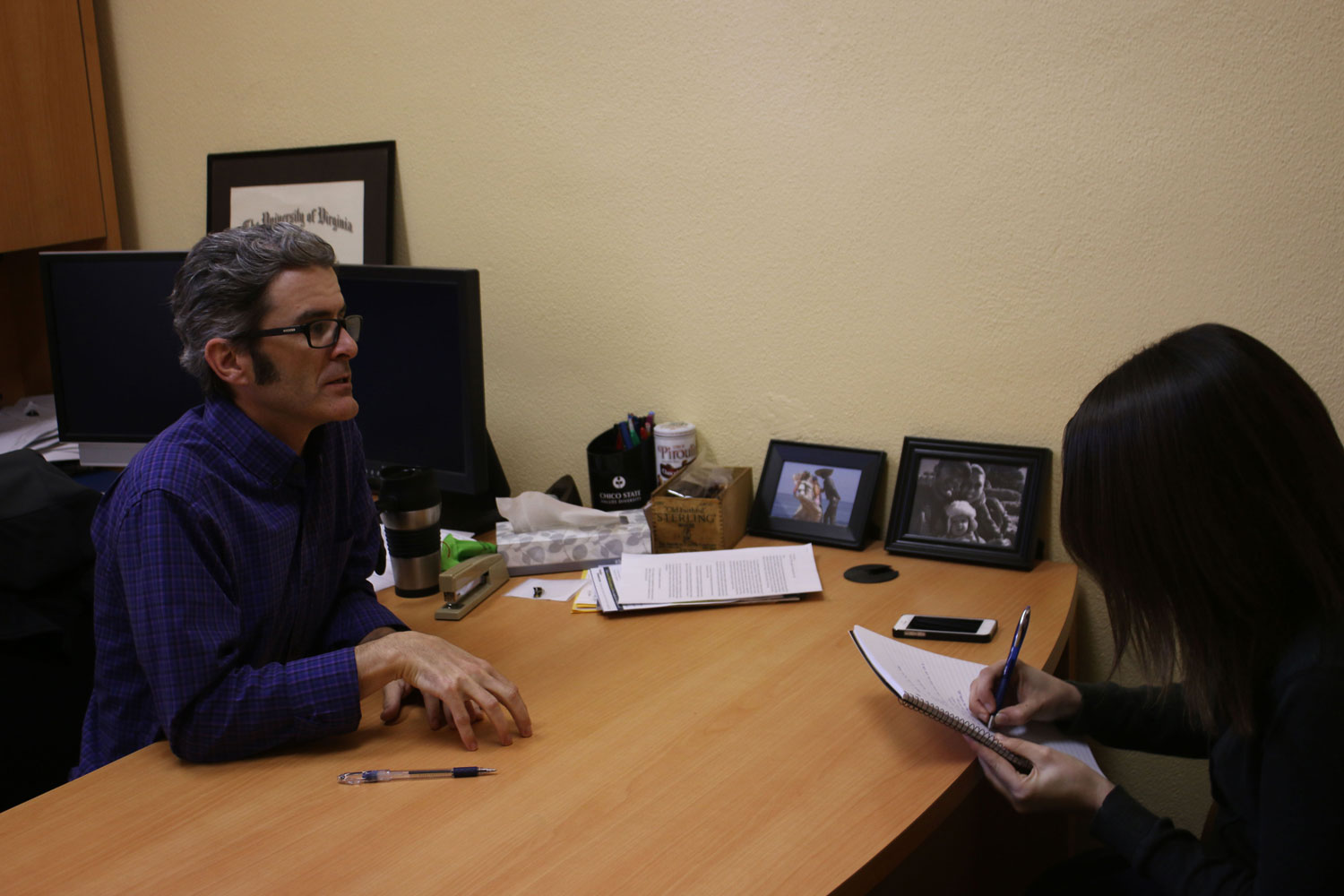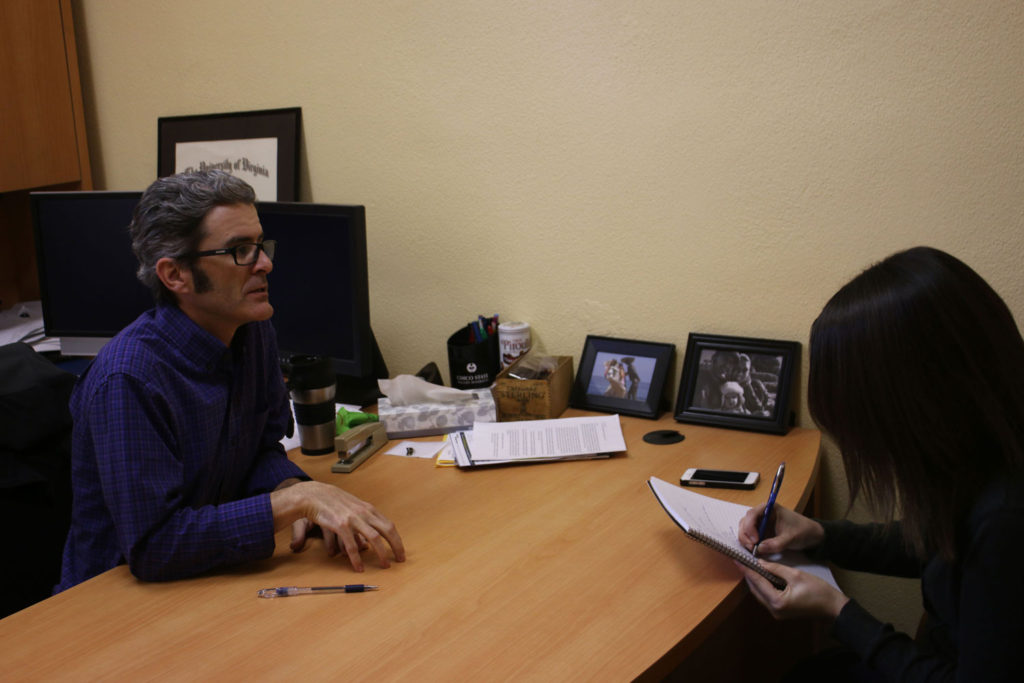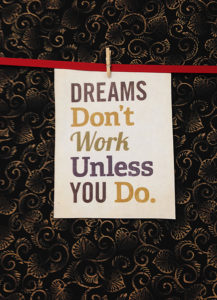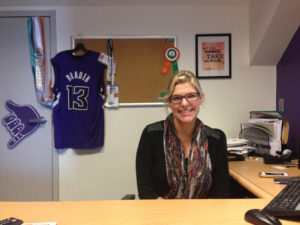First and foremost, honesty is considered the golden rule of public relations. As we further progress into the art of PR, we remind ourselves that we’re on the outside looking in. Be honest, who doesn’t love a good PR disaster?
We’ve seen these disasters trending on Twitter, being solved by Olivia Pope on Scandal or posted on PR Daily. Perhaps the only ones not enjoying them are the poor agencies in charge of cleaning them up.
At the end of the day, anyone is capable of making mistakes. Unfortunately in some of these PR cases, it’s often huge ones. Luckily social media provides a platform for them to be front and center. Pull out your smart phones and swipe away.
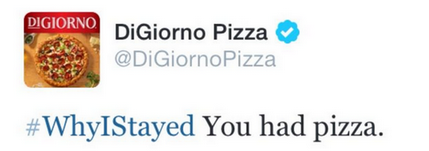
1. DiGiorno Pizza
It is very important that you research the hashtags you plan on using. DiGiorno Pizza learned the hard way after it failed to do its research on a specific hashtag. The tag #WhyIStayed extended from the various users on Twitter who were victims of domestic violence.
Unaware of the meaning, DiGiorno co-opted the hashtag and turned it into self-promotion. The damage could have been easily avoided had they done any research on the subject matter.
2. Susan Boyle
The PR team of worldwide pop music sensation Susan Boyle made a simple mistake. During a Twitter campaign for the singer, no one on her team noticed that the hashtag #susanalbumparty also spelled something a bit racier than it intended to.
After catching the mistake, they rushed to change it to #SusanBoylesAlbumParty but the damage had grown to catastrophic measures. Beware of what your hashtag says.
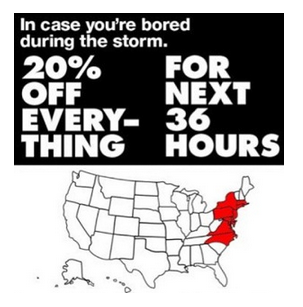
3. American Apparel
There’s nothing more exciting than an online sale. As soon as those sale signs hit my smartphone screen, I pull out my credit card. But never in a million years would I imagine that a company would take advantage of a natural disaster to promote a few crop tops and spandex shorts. American Apparel has a history of inappropriate behavior.
Leave it to American Apparel to launch a Hurricane Sandy sale. Perhaps the worst parts was to stoop so low as to use the hashtag #sandysale. Unfortunately, I have a friend who lost his home during that disaster. It was a devastating time, and i don’t think a pair of tight gym shorts is going to cover the pain.
By Angel Huracha, social media assistant




